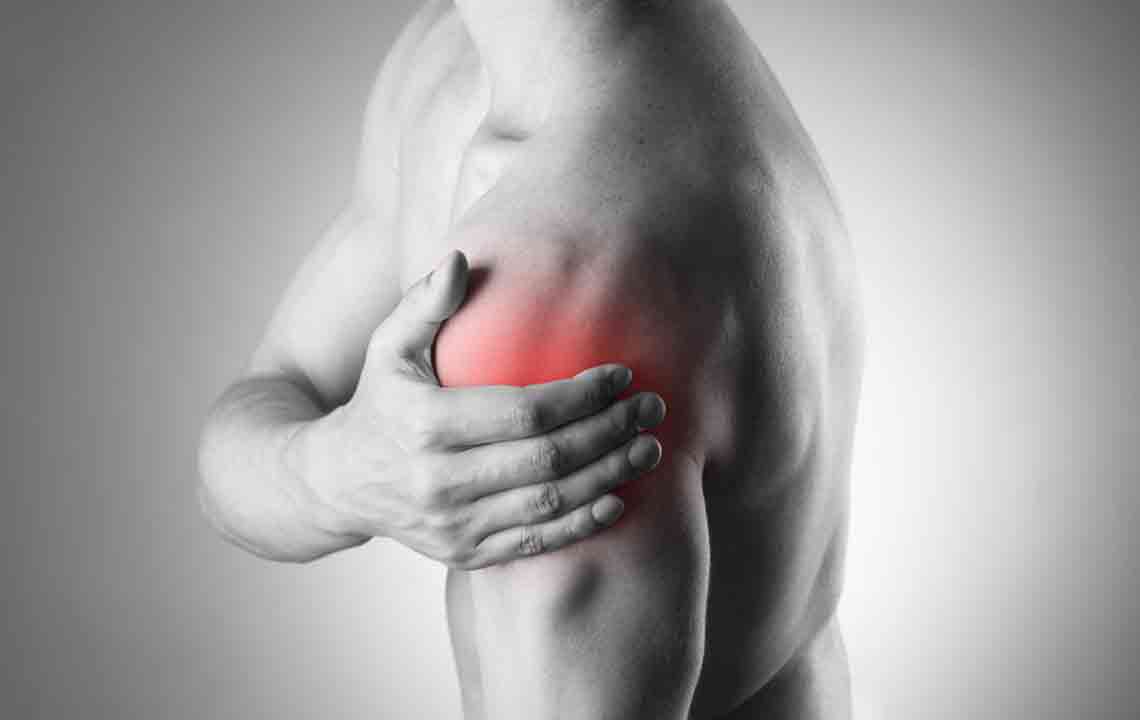Complete Guide to Shoulder Muscle Pain: Causes, Symptoms, and Effective Treatments
This comprehensive guide explores shoulder muscle pain, detailing its causes, symptoms, and various treatment options. From rotator cuff injuries to instability issues, learn how to identify problems and adopt effective strategies such as rest, therapy, and surgery. Proper understanding and timely intervention are crucial for maintaining shoulder health and functionality.

Understanding Shoulder Muscle Discomfort and How to Effectively Address It
The shoulder is one of the most versatile and complex joints in the human body. It allows for an extensive range of motion, enabling activities such as lifting, reaching, throwing, and rotation. This remarkable mobility, however, comes with the trade-off of being susceptible to various injuries and strains, especially in the muscles, tendons, and ligaments that support the joint. Understanding the anatomy of the shoulder and the common causes of shoulder muscle pain is crucial for effective management and recovery.
An In-Depth Look at Shoulder Anatomy
The shoulder complex is made up of three main bones: the humerus (upper arm bone), the scapula (shoulder blade), and the clavicle (collarbone). The humeral head fits into a shallow socket called the glenoid cavity of the scapula, allowing for diverse movement patterns. This joint is stabilized by a network of ligaments, tendons, and muscles, notably the rotator cuff muscles, which consist of four key muscles: supraspinatus, infraspinatus, teres minor, and subscapularis. These structures work together to keep the shoulder stable while enabling free movement.
Because of its complexity, the shoulder is vulnerable to overuse injuries, trauma, and degenerative conditions, all of which can evoke muscle discomfort ranging from mild soreness to severe pain and functional impairment. Recognizing the specific area and cause of shoulder discomfort is essential to choosing the right treatment approach.
Common Causes of Shoulder Discomfort
Rotator Cuff Tendinopathy and Tears
The rotator cuff muscles are fundamental for shoulder movement and stability. Overuse or sudden injury can lead to tendinitis, bursitis, or tear injuries. Tendonitis involves inflammation of the tendons, usually caused by repetitive overhead activities like swimming, baseball pitching, or weightlifting. Tears can occur suddenly due to trauma or gradually from degeneration, leading to weakness and pain.
Bicep Tendonitis
This condition involves inflammation of the biceps tendon as it attaches at the shoulder. Gradual onset pain at the front of the shoulder that radiates down the arm is typical, worsening with lifting or overhead activities. Nighttime pain and stiffness are common complaints.
Acromioclavicular (AC) Joint Arthritis
Although less prevalent than rotator cuff issues, severe degeneration of the AC joint can cause persistent pain and reduced mobility. This condition involves cartilage breakdown, formation of bone spurs, and grinding sensations during shoulder movement, especially overhead or across the chest.
Instability and Dislocation
Shoulder instability occurs when the joint becomes loose or dislocates, often due to ligament laxity or injury. It results in feelings of looseness, 'dead arm' sensations, or popping out of the shoulder socket during movement.
Effects of Shoulder Muscle Pain and Its Impact
Difficulty performing daily activities like lifting, pushing, or pulling objects
Pain that worsens at night or during periods of rest
Limited range of motion and muscle weakness
Swelling, tenderness, or bruising around the shoulder area
Muscle cramps, neck, or jaw pain that may accompany shoulder discomfort
Effective Strategies for Managing Shoulder Discomfort
Rest and Activity Modification
Getting adequate rest helps reduce inflammation and prevents aggravation. However, complete immobilization can lead to stiffness or frozen shoulder, so balanced activity and gentle movement are important.
Ice and Heat Therapy
Applying ice packs to the shoulder during acute phases reduces swelling, inflammation, and pain. Heat therapy, such as warm compresses or heating pads, relaxes tense muscles and alleviates stiffness, especially before activity.
Physical Therapy and Rehabilitation
Engaging in targeted exercises under the guidance of a trained physical therapist restores strength, enhances flexibility, and promotes healing. Therapy often includes range-of-motion exercises, strengthening routines, and modalities like ultrasound or electrical stimulation.
Medications and Injections
Nonsteroidal anti-inflammatory drugs (NSAIDs) can help alleviate pain and reduce inflammation. In some cases, corticosteroid injections are administered to provide more effective long-term relief.
Surgical Interventions
When conservative treatments fail or the injury is severe, surgery may be necessary. Procedures include rotator cuff repair, shoulder stabilization, or removal of bone spurs. An orthopedic specialist will determine the most appropriate intervention based on diagnosis.
When to Seek Medical Attention
If shoulder pain persists beyond several days, worsens despite home therapy, or is accompanied by symptoms such as intense pain, numbness, tingling, or significant weakness, consulting a healthcare professional is essential. Early diagnosis and intervention can prevent further damage and speed up recovery.
In conclusion, understanding shoulder muscle discomfort, its causes, symptoms, and treatment options plays a vital role in recovery and long-term shoulder health. An individualized approach, guided by a medical professional, ensures effective management and prevents recurrence of injury.





